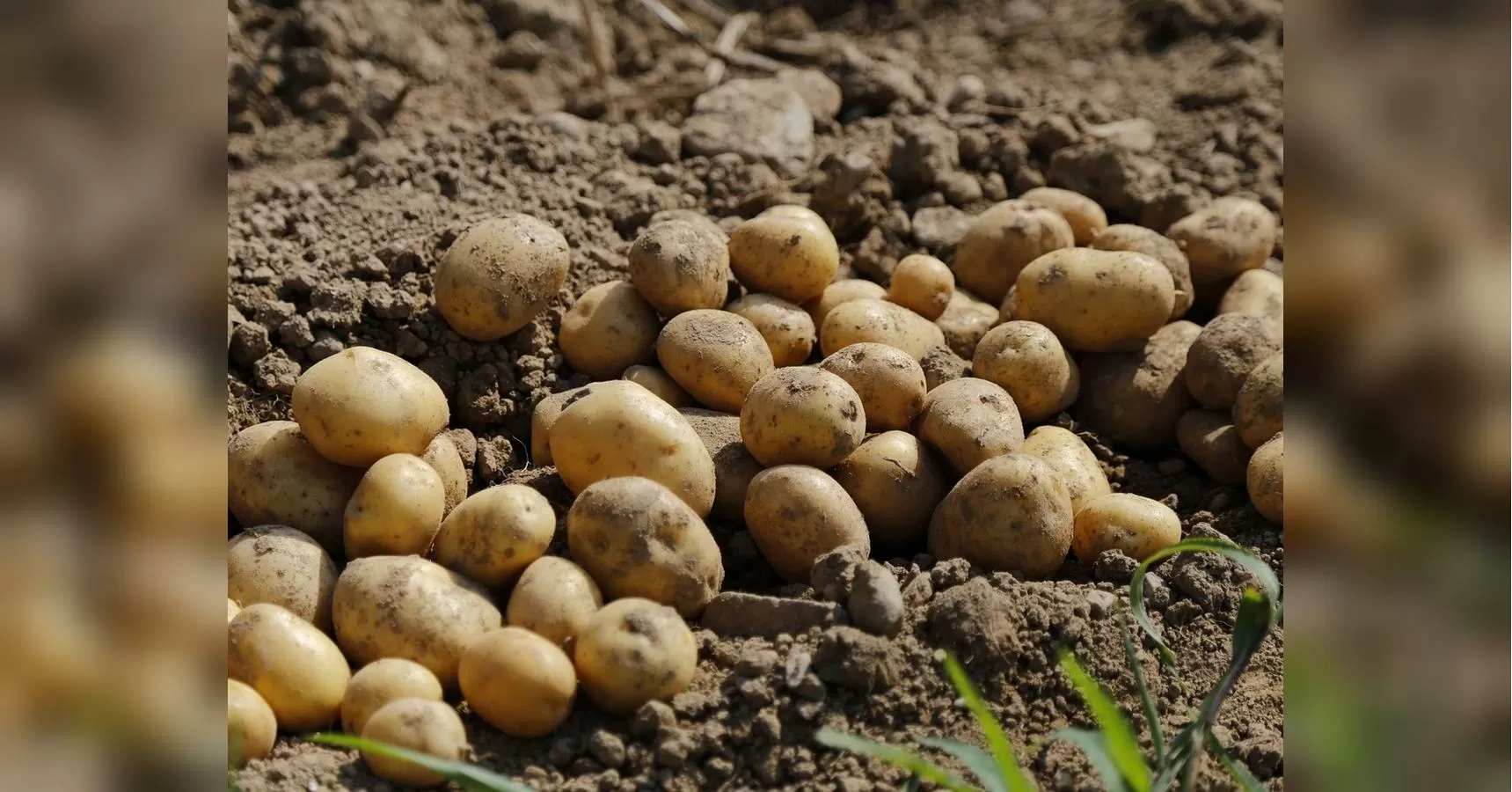The Importance of Following Crop Rotation Rules
Crop rotation is an agricultural practice that involves growing different crops in a specific sequence on the same piece of land. This method has been used for centuries and is still considered one of the most important principles of modern farming. The concept behind crop rotation is simple – by alternating crops, farmers can improve soil health, increase crop yield, and reduce the risk of pests and diseases. In this article, we will discuss the importance of following crop rotation rules and how it can benefit both farmers and the environment.
The first and most obvious benefit of crop rotation is improved soil health. Different crops have different nutrient requirements, and by rotating crops, farmers can prevent the depletion of specific nutrients in the soil. For example, legumes such as peas and beans have the ability to fix nitrogen in the soil, which is essential for plant growth. By planting legumes in rotation with other crops, farmers can naturally replenish the soil with nitrogen, reducing the need for synthetic fertilizers. Additionally, crop rotation can also help control soil erosion and improve soil structure, making it more resilient to extreme weather conditions.
Another advantage of following crop rotation rules is increased crop yield. By rotating crops, farmers can break the cycle of pests and diseases that often affect specific crops. For instance, if a farmer plants the same crop in the same field year after year, pests and diseases that are specific to that crop can build up in the soil, leading to reduced yields. By rotating crops, farmers can disrupt this cycle and reduce the risk of crop damage. This can also lead to a decrease in the use of pesticides, which can have harmful effects on the environment.
In addition to improving soil health and increasing crop yield, crop rotation can also have economic benefits for farmers. By diversifying their crops, farmers can reduce their reliance on a single crop and spread out their risk. This is especially important in times of unpredictable weather patterns or market fluctuations. By having a variety of crops, farmers can also cater to different market demands and potentially increase their profits.
Moreover, following crop rotation rules can have positive effects on the environment. As mentioned earlier, crop rotation can reduce the use of synthetic fertilizers and pesticides, which can have harmful effects on the soil and water. By reducing the use of these chemicals, farmers can help preserve the natural balance of the ecosystem and protect the health of both humans and wildlife. Additionally, crop rotation can also reduce the carbon footprint of farming by promoting sustainable practices and reducing the need for transportation of fertilizers and pesticides.
It is important to note that there is no one-size-fits-all approach to crop rotation. The specific rotation plan will depend on factors such as soil type, climate, and the types of crops grown. However, there are some general guidelines that farmers can follow to ensure a successful crop rotation. These include alternating between crops with different nutrient requirements, avoiding planting the same crop in the same field for consecutive years, and including cover crops in the rotation to improve soil health.
In conclusion, following crop rotation rules is crucial for the success of modern farming. It is a sustainable and environmentally friendly practice that can benefit both farmers and the environment. By improving soil health, increasing crop yield, and reducing the risk of pests and diseases, crop rotation can help ensure a more stable and profitable future for agriculture. So let us remember the importance of crop rotation and continue to implement this valuable practice in our farming methods.

